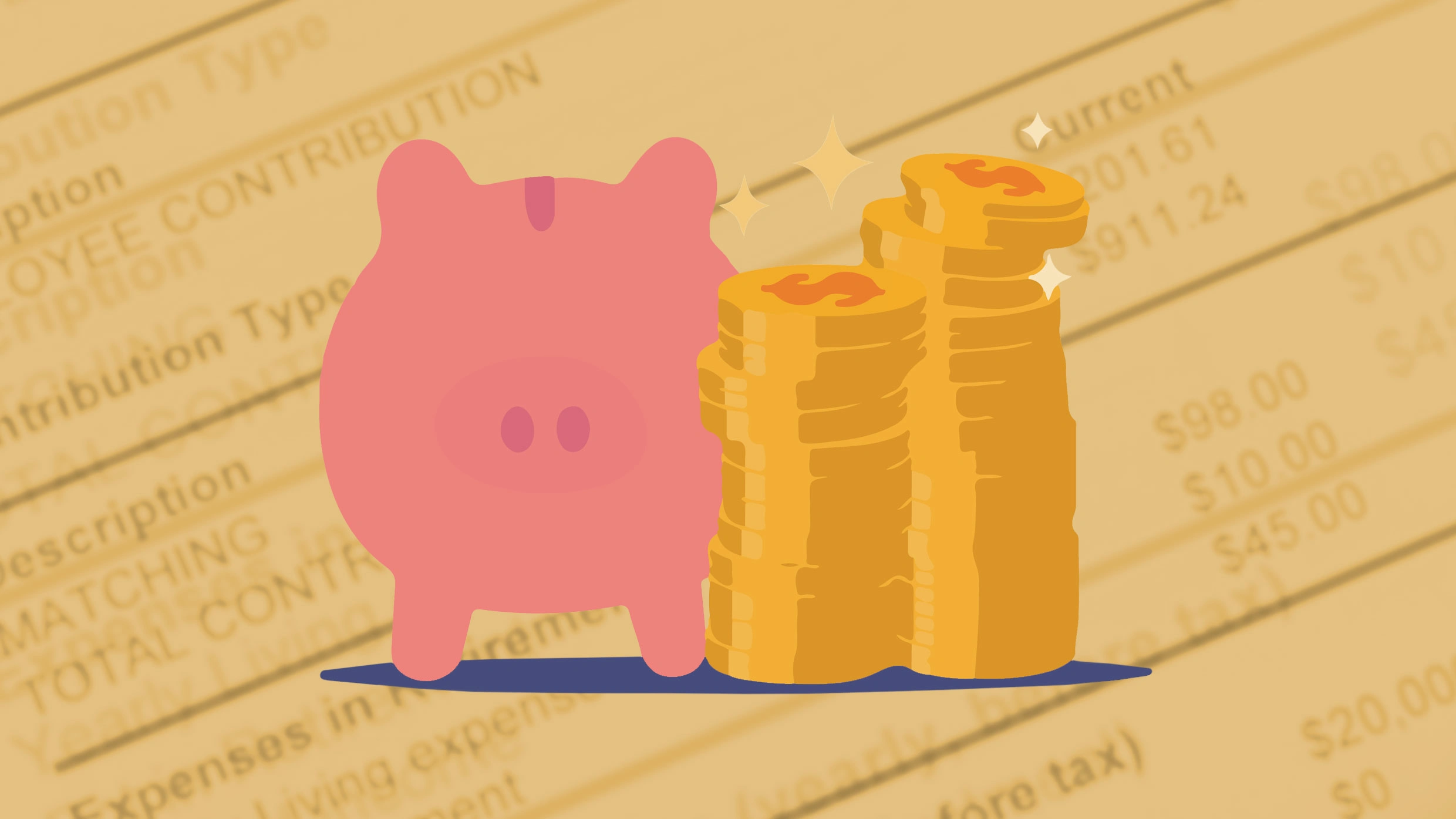
"She still had room in her budget for weekends filled with activities.JR was more worried about now. Rather than putting money into a 401(k) he wouldn't touch for decades, he enjoyed his $75,000 salary. Five years later, JR began to build his nest egg. He opted for the minimum contribution rate to qualify for the company match, contributing 6% with a 3% match."
"Laura preferred the public-only target-date fund for its simplicity and transparency. JR was also drawn to the target-date options and their ease of use. However, he went with the private market option since it promised higher returns, and to make up for his late start. He figured he could quickly recover five years of missed contributions, given that he had 35 years until retirement."
Two 25-year-olds, Laura and JR, began identical jobs with $75,000 salaries. Laura immediately contributed 10% to her 401(k), receiving a 3% employer match for 13% total savings, while JR delayed five years and later contributed 6% to obtain the 3% match. Employer target-date funds included a public-only option and a glide path with a 15% allocation to private equity and private credit. Laura chose the public-only fund for simplicity and transparency. JR selected the private-market option seeking higher returns to offset his delayed start. Both advanced to senior management and earned $178,620 by age 65 with unchanged contribution rates.
Read at Fast Company
Unable to calculate read time
Collection
[
|
...
]